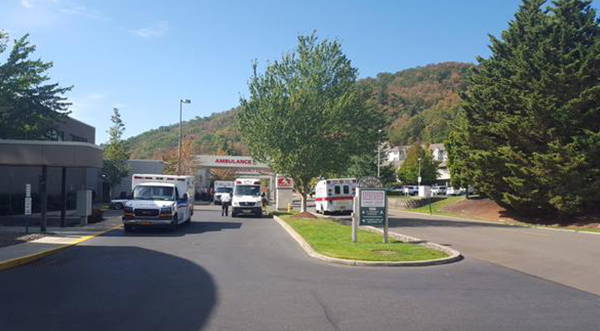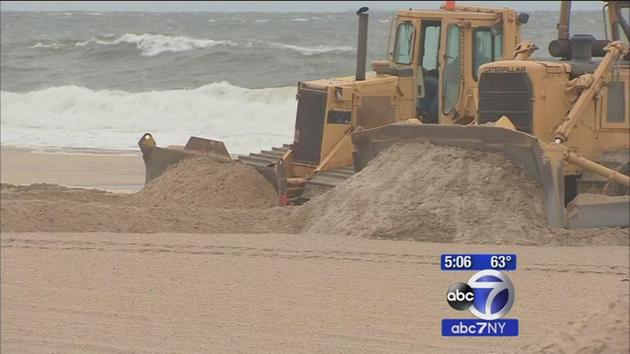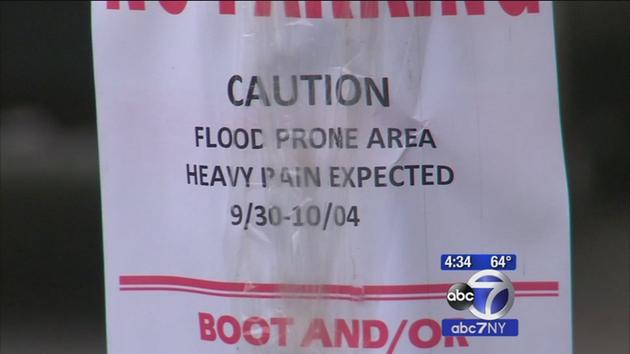EPA Finalizes $4 Million Cleanup Plan for Fulton Avenue
Superfund Site in Hempstead and North Hempstead, N.Y.
Contact: Elias Rodriguez, (212-637-3664), rodriguez.elias@epa.gov
(New York, N.Y. – Oct. 1, 2015) The U.S. Environmental
Protection Agency has finalized its decision to modify an interim cleanup plan
originally issued in 2007 to address a portion of the contaminated groundwater
at the Fulton Avenue Superfund site in the Towns of North Hempstead and
Hempstead, N.Y.
The groundwater is contaminated with volatile organic
compounds, including perchloroethylene, that resulted in part from previous dry
cleaning operations conducted by a fabric-cutting mill at 150 Fulton Avenue in
Garden City Park, N.Y. The modified plan
requires continuing to operate existing treatment systems for Village of Garden
City drinking water supply wells 13 and 14, but eliminates plans for a separate
groundwater treatment system for the groundwater. This separate system is not
needed, at this time, in part because contamination levels in area groundwater
have been declining since EPA issued its 2007 cleanup decision.
The EPA held a public meeting on May 12, 2015, took
public comment for 30 days, and considered public input before finalizing the
plan.
"The EPA will keep working to protect residents of
Long Island from the threats of polluted groundwater," said EPA Regional
Administrator Judith A. Enck. “Long Island relies on groundwater as its source
of drinking water, so it is essential that groundwater resources be protected
from toxic contamination."
Volatile organic compounds can cause cancer and other
health damage. The extent and nature of potential health effects depend on many
factors, including the contaminant levels and the length of exposure to the
pollution.
Public water supply wells impacted by the contamination
have treatment systems and are monitored regularly to ensure that the water
quality meets federal and state drinking water standards.
The Fulton Avenue site also includes trichloroethylene
contamination in groundwater that is being addressed as part of a second phase
of work. The EPA is performing an investigation to evaluate the problem and to
develop a proposed plan for the second phase.
From approximately 1965 to 1974, the fabric-cutting mill
at 150 Fulton Avenue was operated by several businesses, including a division
of Genesco Inc. Volatile organic compounds from dry cleaning operations at the
mill, primarily perchloroethylene, were disposed of in a well and seeped into the
groundwater beneath the 150 Fulton Avenue property, which has been owned by
Gordon Atlantic Corporation since 1963.
With the support of New York State Department of Environmental
Conservation, the site was added to the Superfund list in 1998, with New York
State taking the lead until 2007, when EPA became the lead agency for the
site.
Currently, the groundwater entering two wells is treated
using an air stripper, which forces air through groundwater to remove harmful
chemicals. This system will continue to operate until a final remedial approach
for the site is implemented. The proposed modification of the cleanup plan
includes other elements, such as an evaluation of chemical vapors that may
enter buildings near 150 Fulton Avenue, and also relies upon Nassau County law
that restricts the installation of private drinking water wells.
The modified cleanup plan will also include sampling and
analysis of a monitoring well network and of two wells to ensure protection of
public health until a final cleanup for the entire site is implemented.
The Superfund program operates on the principle that
polluters should pay for the cleanups, rather than passing the costs to
taxpayers. The EPA searches for parties legally responsible for the
contamination at sites that are placed on the Superfund list and it seeks to
hold those parties accountable for the costs of investigations and
cleanups. The EPA expects to modify an
existing settlement with Genesco, Inc. to undertake the cleanup with EPA
oversight. The estimated cost of the
cleanup is approximately $4 million.
The record of decision will be available at: http://semspub.epa.gov/src/document/02/372864
























